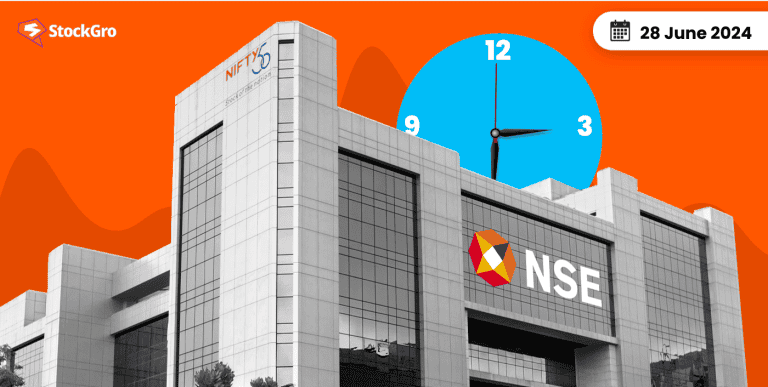
The recent tariff hike by Reliance Jio has sent ripples through the Indian telecom market, leading to significant changes in stock prices and raising questions about the future of the industry.
Let’s break down the key points and understand how this move is reshaping the landscape.
Reliance Jio takes the lead
Reliance Jio Infocomm announced a substantial hike in tariffs ranging from 12% to 25%, marking the first major rate increase by a telecom company since 2021. This move, effective from July 3, aims to boost the average revenue per user (ARPU) and support the heavy investments in 5G services.
Jio’s new rates will affect most plans, excluding JioBharat and JioPhone users, making it a strategic move to keep basic service affordable while increasing prices for other plans.
New Jio tariff details
- ₹ 155 plan: Increased to ₹ 189
- Popular ₹ 239 monthly plan: Increased to ₹ 299
- Annual package: Increased from ₹ 2,999 to ₹ 3,599
Despite these hikes, India’s telecom tariffs remain among the lowest globally, which analysts believe is unsustainable in the long run.
You may also like: Vodafone idea news
Stock market reaction
Reliance shares soar
Reliance Industries Limited (RIL) shares have been on a winning streak, driven by Jio’s tariff hike. On the back of this announcement, RIL shares surged for the fourth consecutive day, reaching a record high of ₹ 3,129, up by 2.21%. Over four sessions, RIL has seen nearly a 9% increase, adding approximately ₹ 1,33,000 crore to its market capitalisation, bringing it to ₹ 20,84,040 crore.
Brokerages have responded positively, revising their target prices for RIL. Motilal Oswal Financial Services (MOFSL) raised its target price from ₹ 3,245 to ₹ 3,275, predicting a 17% increase in EBITDA for RJio. Jefferies also issued a ‘Buy’ recommendation with a target price of ₹ 3,580, while Morgan Stanley maintained an ‘Overweight’ rating with a target of ₹ 3,046.
Vodafone idea takes a hit
In contrast, Vodafone Idea’s shares fell by 2.5%, reflecting investor concerns about the company’s ability to keep pace with the market leaders. Vodafone Idea did not immediately respond to the tariff hike by Jio, which has historically led other telcos to follow suit.
Also read: Telecom-industry-in-india
Airtel joins the fray
Bharti Airtel quickly followed Jio’s lead, announcing its own tariff hikes. Airtel’s new rates apply to both prepaid and postpaid plans, starting immediately.
Airtel’s new tariffs
- ₹ 179 monthly plan: Increased to ₹ 199
- ₹ 1,799 annual plan: Increased to ₹ 1,999
- Daily data add-on plans: Start at ₹ 22, up from ₹ 19
Airtel’s hikes are part of a broader strategy to increase ARPU and monetise their significant investments in 5G infrastructure. With both Jio and Airtel making these moves, the industry is likely to see a shift towards higher tariffs across the board.
The broader impact on the telecom sector
Investment in 5G and future growth
The Indian telecom industry has invested over ₹2 lakh crore in 5G rollouts, yet returns have been slow. The recent tariff hikes are a step towards monetising these investments. Analysts predict that Jio’s ARPU could increase by 10-15% in the coming quarters, paving the way for much-needed revenue from their capex-heavy 5G business.
Consumer reaction
While tariff hikes often lead to some SIM consolidation, experts believe the benefits outweigh the downsides. A recent BofA Securities report indicated that 36% of Jio and Airtel users are prepared to accept a 20-25% hike post-election.
This willingness to absorb higher costs is crucial for the telcos to achieve their ARPU targets of ₹ 250-300.
Also read: Jio financial services
Conclusion
The recent tariff hikes by Jio and Airtel mark a significant shift in the Indian telecom market. Reliance Jio’s strategic move to increase rates while maintaining affordability for basic services highlights its focus on revenue growth over subscriber base expansion.
The positive market reaction, particularly the surge in RIL shares, underscores investor confidence in this strategy. On the other hand, Vodafone Idea faces challenges as it navigates this new landscape.
As the sector continues to evolve, the focus will be on how effectively these companies can monetise their 5G investments and maintain competitive yet sustainable pricing strategies. For now, the tariff hikes signal a pivotal moment with the potential to reshape the industry’s future.

